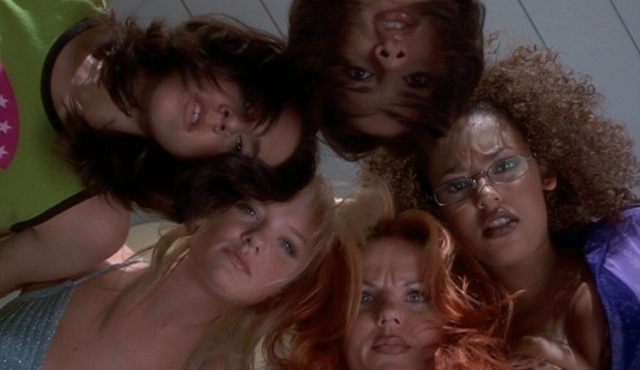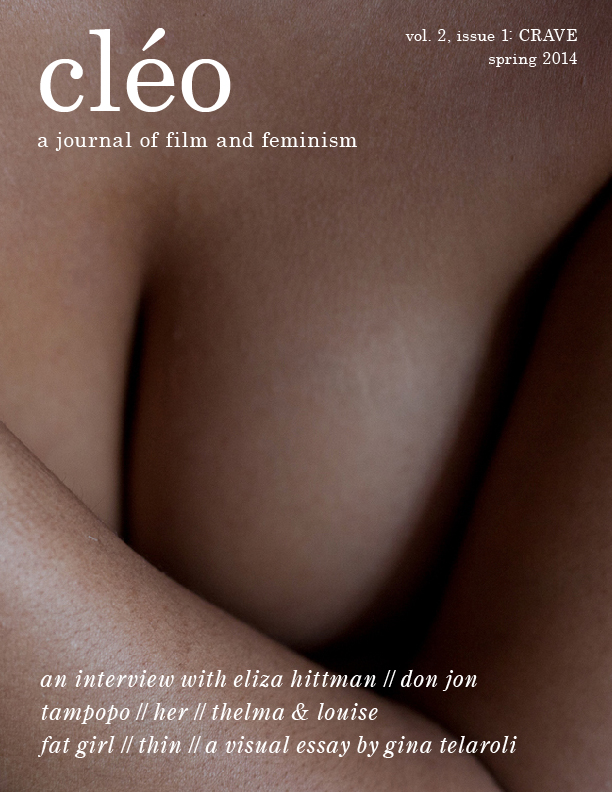

crave, v.
From the Old English crafian (which means to “demand, claim as a right”), the word crave has auspicious origins rooted in resistance. In its earlier manifestations, to crave meant “to do, or that something be done”; it denoted yearning, but also the demand for gratification. In a more contemporary sense, to crave can also mean “to beg for,” and implies submission or subservience.
As we begin the second volume of cléo, we are curious about cravings and the authority they have over us, as well as the right we have to demand that what we crave be sated.
For this next issue we are interested in what it means to crave in sensual, political, gastronomical, and obsessive terms. Where in film do we see uncontrollable urges and unhealthy fixations? When are appetites celebrated and when are they repressed? How does cinema articulate a craving, a desire for wish fulfillment, or fantasy? What are the limits to feeding these cravings or is the pursuit infinite? How is the theme of “crave” still tied to its earlier affiliati on with the legal discourse of “rights”?
Cover image: From Jocelyn Reynolds’ “Bare” series
Artist’s Statement:
The mutability of the human body is immeasurable. The bare series originated from a desire to develop a collaborative process between myself—the photographer—and the subjects, one that welcomed those in front of the camera to present their bodies in a way that prioritized comfort. Establishing trust was an absolute necessity. In that powerful, vulnerable space, each nude provided me with an opportunity to interpret the personal truth of my subjects’ bodies and elicit intimate portrayals of their figures. Every image is a visual manifestation of our partnership and a representation of a willingness to jointly explore the fluidity of the human physique.
Jocelyn Reynolds is a Toronto-based documentary photographer.










© copyright cléo 2013 - 2024 all rights reserved